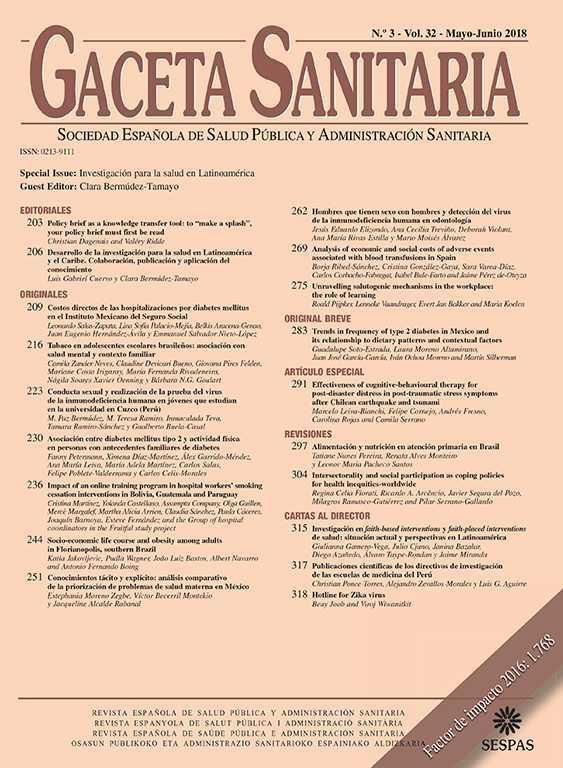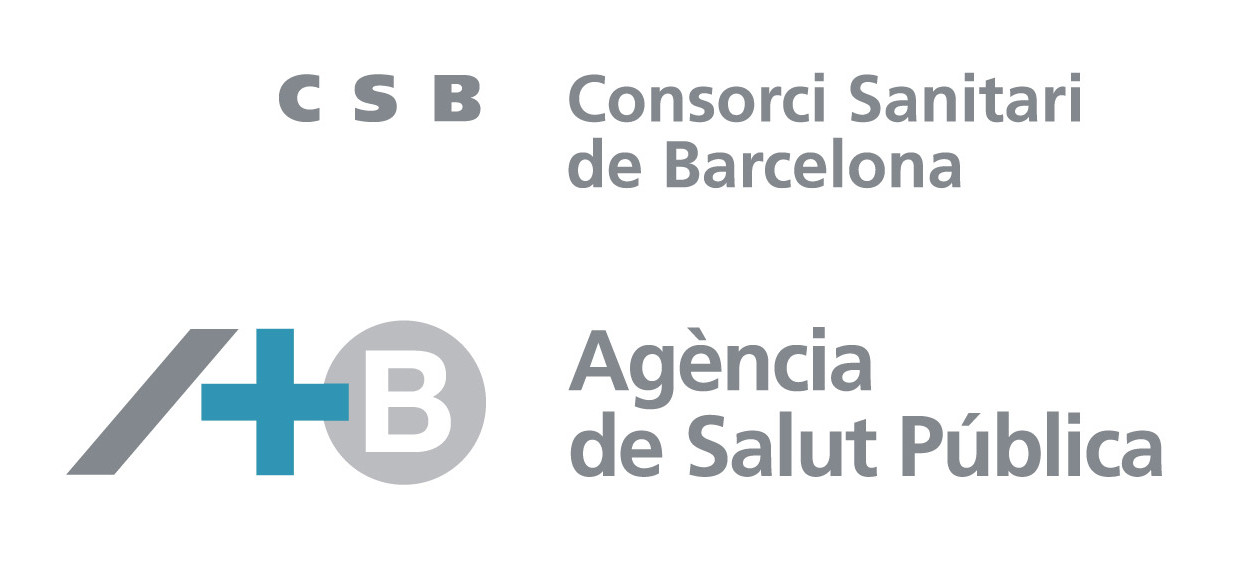We are grateful for the opportunity to respond to the letter by Rosell et al.,1 written in response to our article Budget impact analysis of implementing a lung cancer screening in high-risk population in Spain.2 We recognize the importance of a constructive debate on the implementation of lung cancer screening in Spain, so we respond below to the points highlighted in that letter.
First, we want to point out that the primary purpose of our study was to conduct a budget impact analysis, not a cost-effectiveness analysis like the studies included in the references 2 and 3 cited by Rosell et al.1. While the latter provide long-term estimates of health benefits and cost per quality-adjusted life year, for example, the aim of a budget impact analysis is to project the short- and medium-term financial consequences of implementing a new intervention for the health system budget. Both approaches, however, are necessary and complementary to inform sound and sustainable policy decisions.
Regarding the target population assumptions, the screening program evaluated in our analysis is indeed a strategy only for the high-risk population of developing lung cancer. Only people who meet the established criteria (i.e., smokers who consume at least 20 pack-years or ex-smokers who have stopped smoking in the last 15 years and with the same consumption) are eligible for the screening. However, this screening presents an important challenge: how to identify who of the Spanish residents belong to the high-risk population, according to the previous criteria? Medical histories or other individual databases available for the Spanish National Health Service (NHS) do not usually contain the required information to determine the risk, as the Council of the European Union explained, in 2022, in the recommendation document on cancer screening.3 Therefore, we adopted a similar invitation procedure as used for the colorectal cancer screening. All residents are invited to participate by means of a post-code letter, but an after-telephone consultation with nursing works as a filter to identify only the target population, that is, those at high-risk of developing lung cancer.
In addition, as explained in the manuscript, the use of the Spanish National Health Survey 2011-2012 for the estimation of the high-risk population of developing lung cancer was because it is the most recent database with the necessary data for the estimation of the target population, stratified by age.
Concerning the assumptions on low-dose computed tomography (LDCT) equipment acquisition, assuming 100% equipment purchase may not fully reflect the real-world implementation of the screening program in the Spanish NHS. However, due to the lack of precise data on the current availability of this equipment for use in this context, we selected 100% as the base-case assumption, and we addressed the uncertainty around this parameter through a sensitivity analysis, evaluating other values: 50% and 0% equipment purchase. As noted in the manuscript, these variations did not alter the overall conclusion of our analysis, as even under the most favourable scenario for the NHS (i.e., 0% equipment purchase), the budget impact remained high. Also, it should be noted that more than 50% of the screening costs are due to the performance of LDCTs themselves, which are the main test of the lung cancer screening program (see Table B2 and Table B3 in Appendix B of the manuscript).2
Furthermore, the number of LDCT scans performed per day and the number of reports prepared by radiologists were estimated from previous studies.4,5 We assumed that 1) the number of patients scheduled per LDCT apparatus and day was 48, meaning that each patient spends an average of 20minutes undergoing a LDCT scan, and 2) a radiologist spends just over half an hour preparing each report (i.e., 0.57hours/report). We consider these times to be realistic for both activities.
Rosell et al.1 also raise concerns about the use of a five-year horizon. Although we fully agree that longer horizons are essential for capturing the benefits on mortality and other health outcomes (as is typically used in cost-effectiveness analyses), our study focused on answering a different question: the initial budgetary sustainability of the lung cancer screening program in the context of the Spanish NHS. Therefore, our horizon aims to reflect the immediate financial impact of incorporating this health technology into the health system, considering it sufficient to capture the relevant costs of the intervention, even detecting the potential differences in the budget impact between the two analysed frequencies for the screening. Therefore, our five-year horizon should not be seen as a limitation, but rather a complementary approach to long-term cost-effectiveness analyses, focusing on the short-term budgetary feasibility that decision-makers must address before implementation. Furthermore, it complies with the guidelines commonly used in analyses of this type, as established in international methodological guidelines, such as the ISPOR one published by Sullivan et al.,6 where the time horizon for budget impact analysis is between 1 and 5 years.
Overall, some of the concerns of Rosell et al.1 are limitations that we have already explained in our manuscript, especially those related to the scarcity of evidence for some parameters. We have tried to employ the best available sources, including regional official tariffs, updated labour cost statistics or peer-reviewed studies for clinical and economic parameters, which provided us with the data best suited to the Spanish NHS context. Despite the limitations, our analysis provides a transparent and replicable framework for resource planning. We acknowledge that new data from pilot programs or new surveys, for example, will refine future estimates and we welcome the incorporation of these data once available, but at the time of our analysis these sources represented the most robust evidence base for our study.
We thank Rosell et al. for their thoughtful observations. We share with them the conviction that lung cancer screening has the potential to be a crucial public health intervention. In fact, our analysis showed, in line with their claims, that the screening program could favour the detection of lung cancer at earlier stages compared to the current scenario, where no screening is performed.2
Our study aims to contribute by offering realistic national and regional financial projections (albeit with acknowledged limitations), which should be considered alongside robust evidence on effectiveness, safety and cost-effectiveness to inform decision-making in a resource-limited context, where any investment on a health technology has a potential opportunity cost for the health system. In the case of lung cancer screening, its implementation within the Spanish NHS would require considerable upfront investment, and a careful planning needed to ensure sustainability and to prevent the displacement of other critical health services. As the Council of the European Union recommended: “countries should explore the feasibility and effectiveness of this programme, for instance by using implementation studies”.3 Furthermore, it is worth noting the importance of developing more active prevention strategies for smoking cessation, for example, which, in terms of efficiency, can be cost-effective and even cost-saving interventions.7
In summary, our study is not intended to replace cost-effectiveness analyses or real-world pilot data, but to complement them. We firmly believe that all this evidence, taken together, is essential for an informed and balanced debate on the implementation of lung cancer screening in Spain.
Authorship contributionsAll authors participated in the writing of the work, and read and approved the final manuscript.
FundingThe study mentioned in the letter was commissioned and funded by the Spanish Ministry of Health in the framework of activities carried out by the Spanish Network of Agencies for Assessing National Health System Technologies and Performance (RedETS). The study was conducted independently of study sponsors.
Conflicts of interestNone.














